“Don’t underestimate the power of a simple thought. The Alexander Technique can teach you how to use conscious thoughts to change unwanted, habitual behaviors that create physical and emotional stress.
...From this different place I can approach any situation more peacefully. The problem is that old habits are persistent! Developing new skills to inhibit the old habits requires time and consistent practice, but I can call on these new skills any time, during any activity. The more I do this, the more automatic this new response becomes.
… I can say with confidence that I live a more authentic, thoughtful life because the Alexander Technique allows me to feel sensations in my body, but to not react to them in frustration, fear, or anger. … I share these experiences to encourage you to explore this path to self-discovery…”
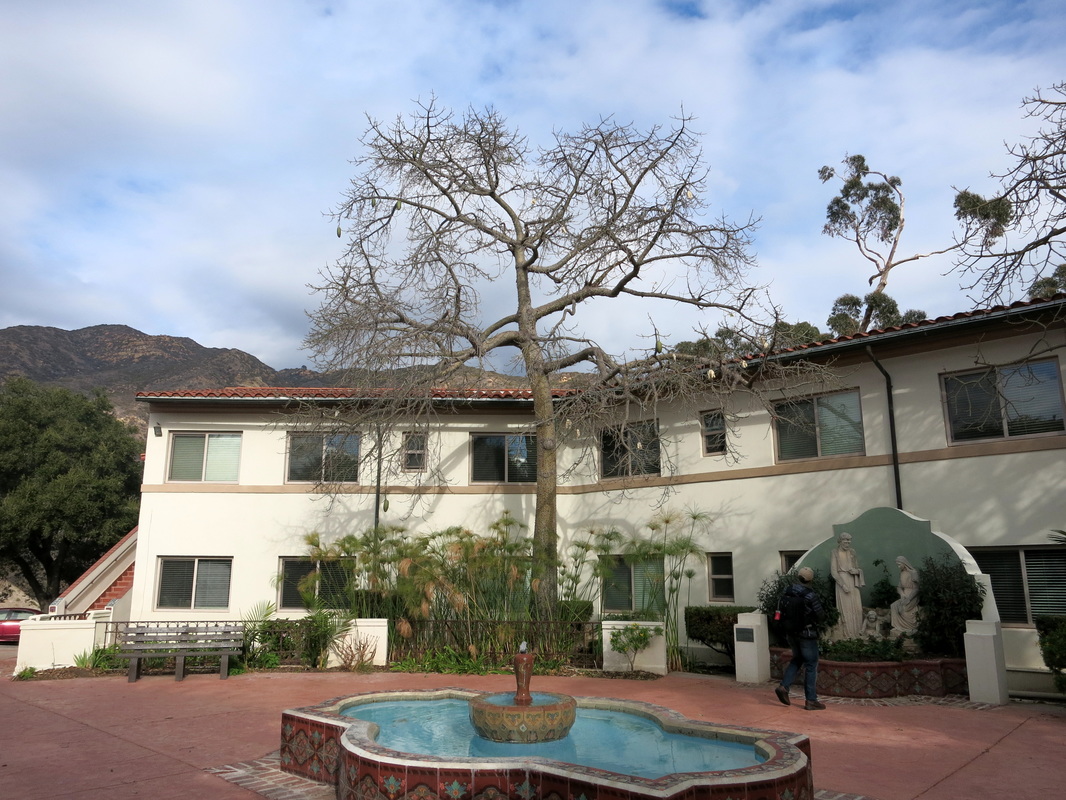

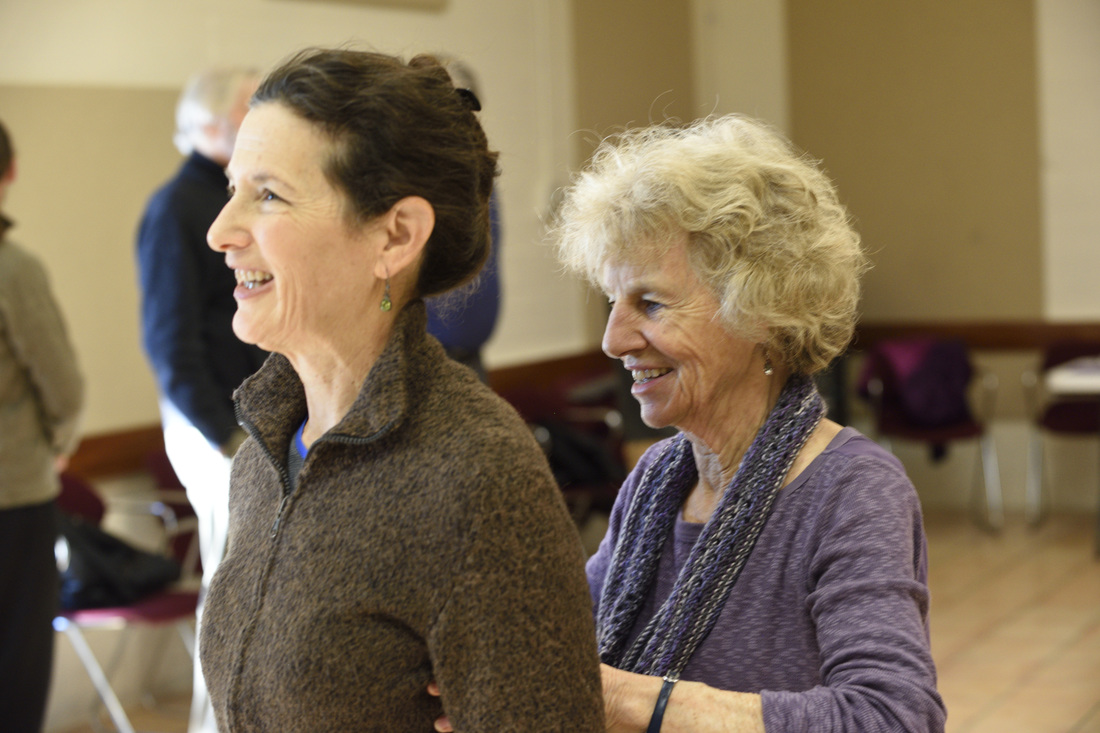
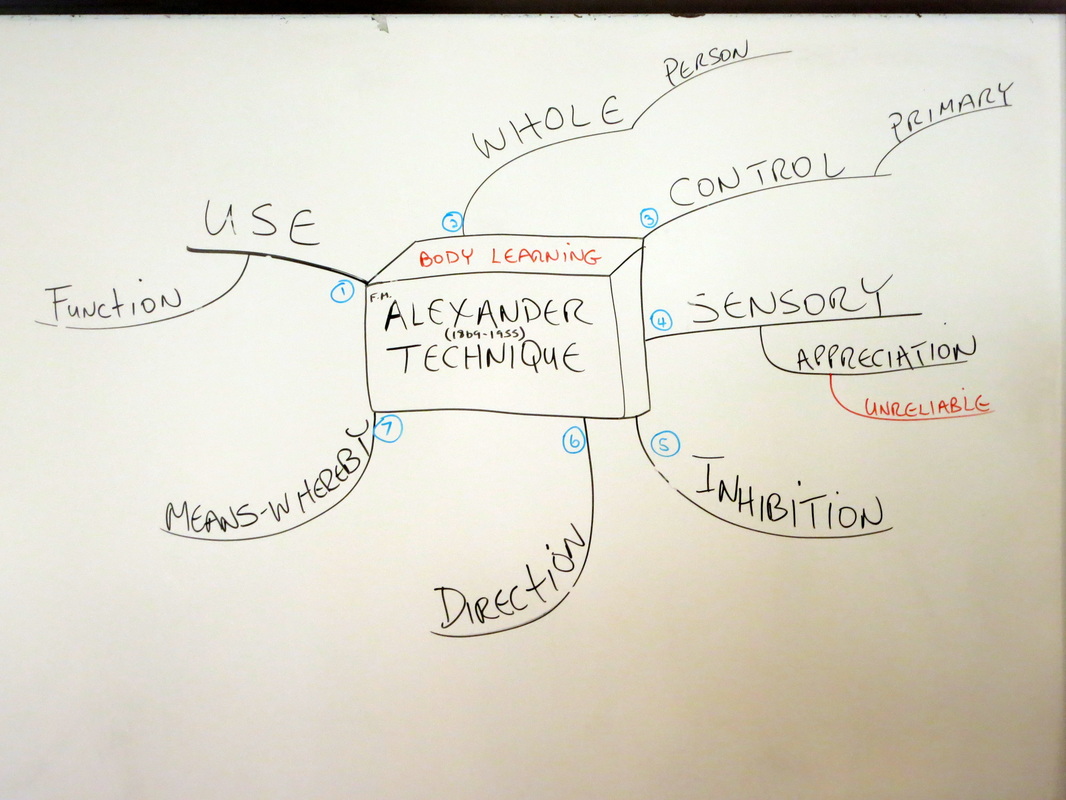
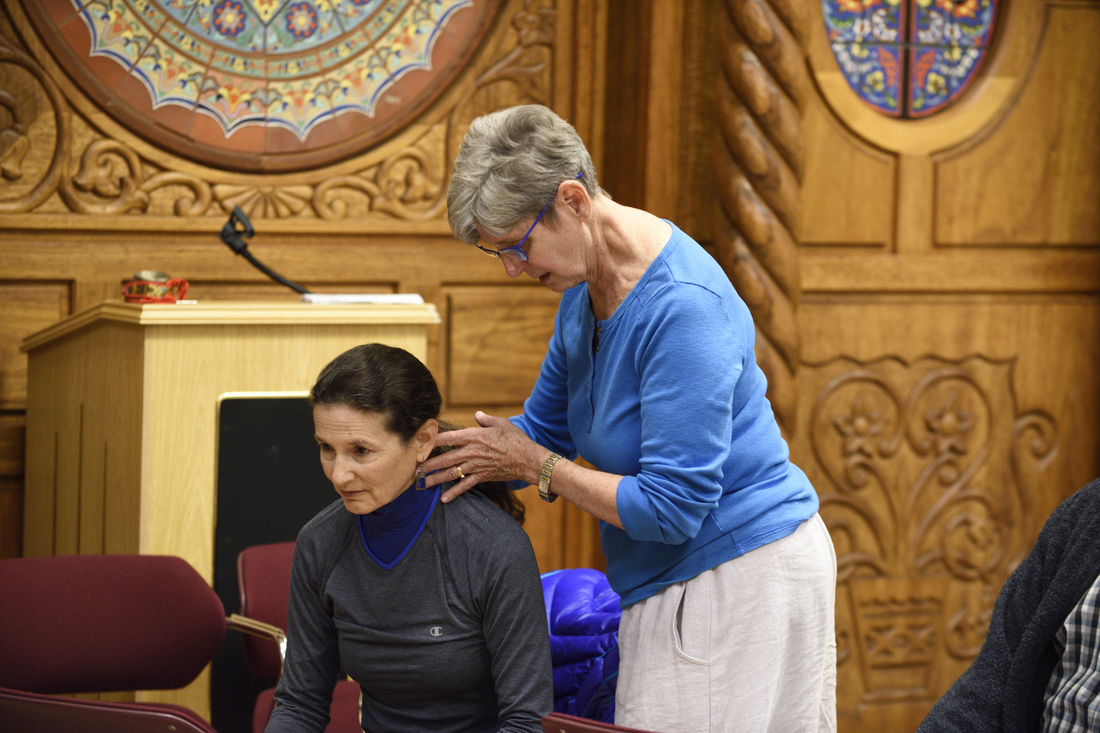
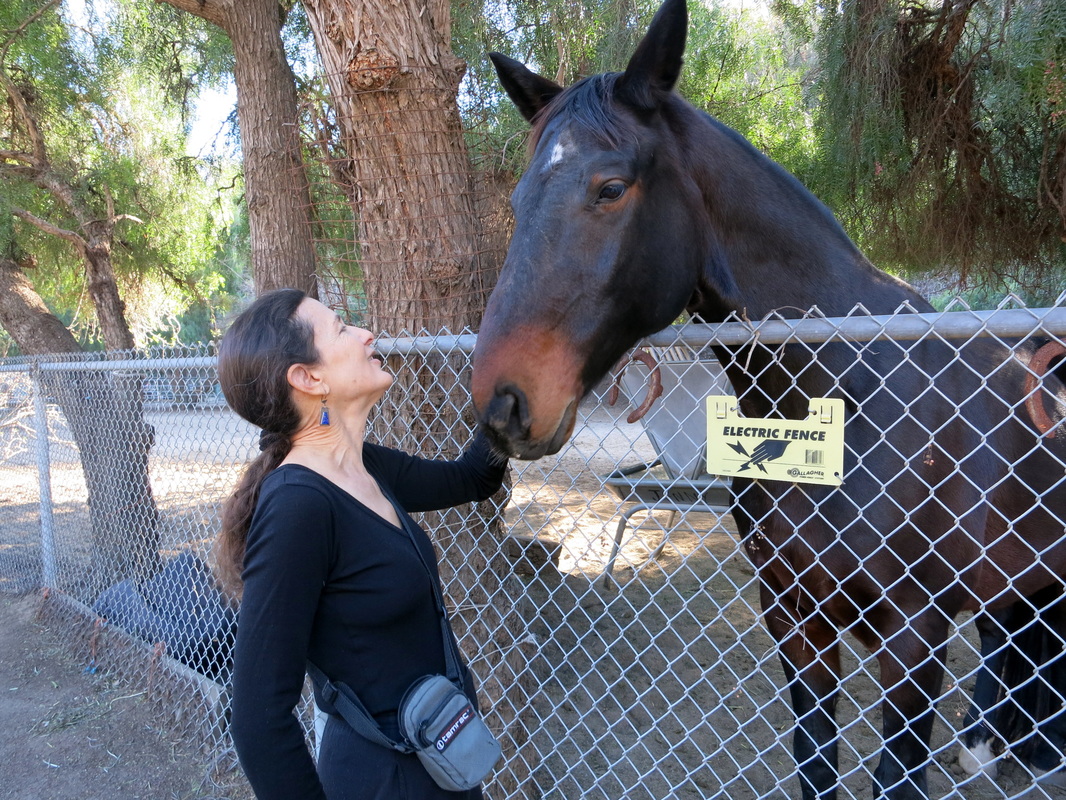
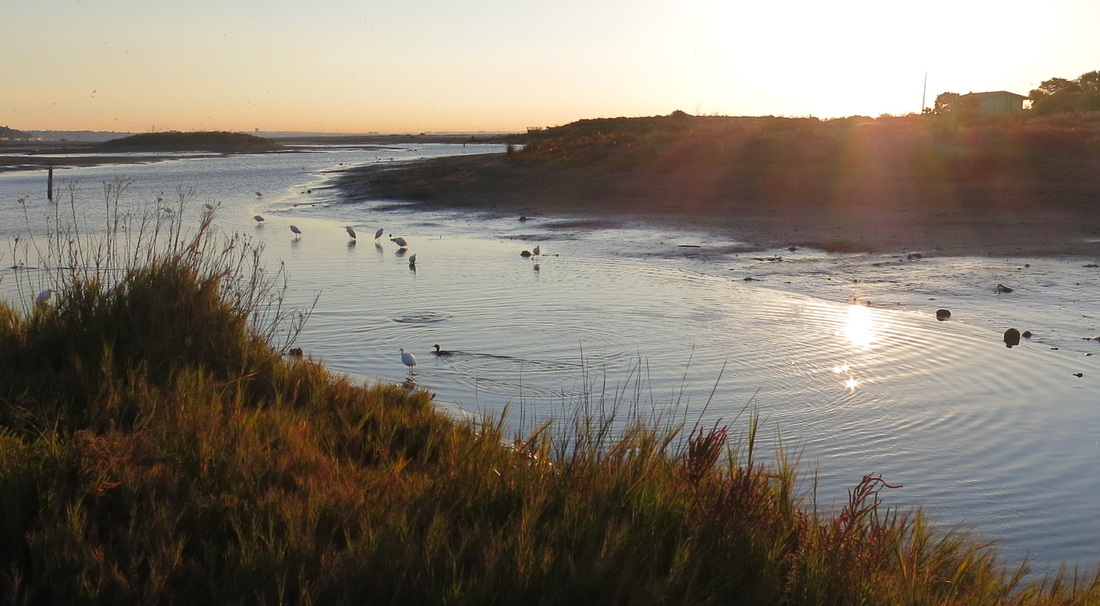
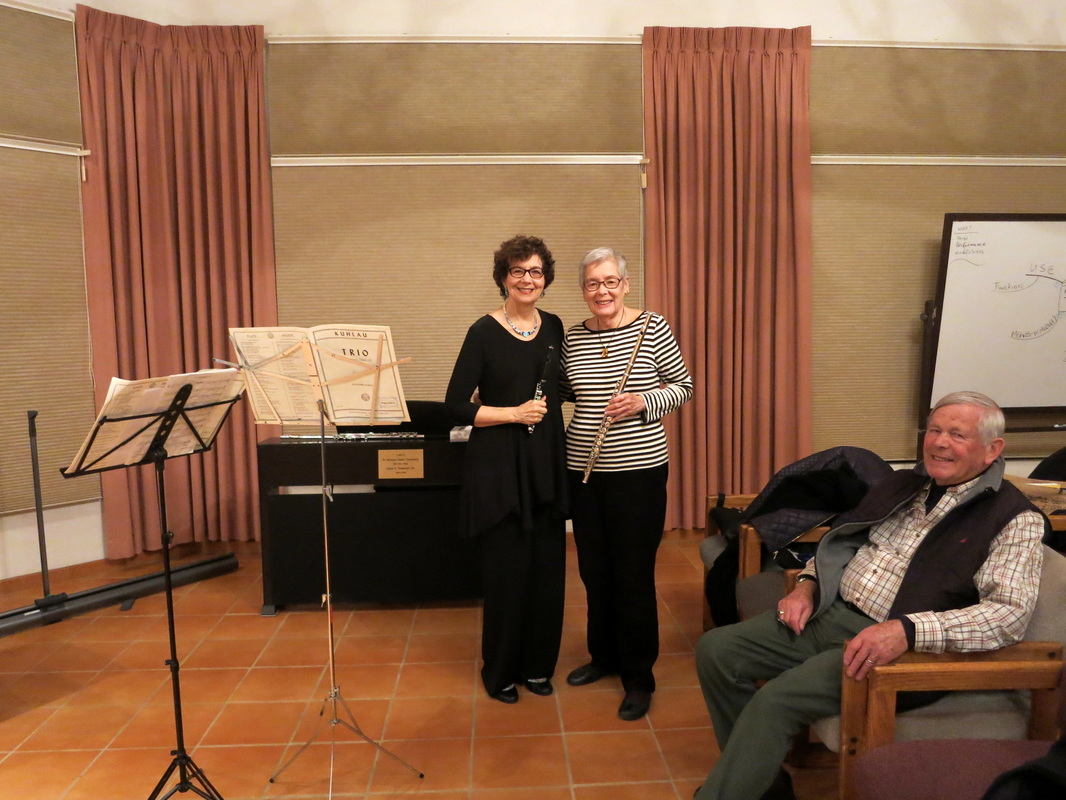
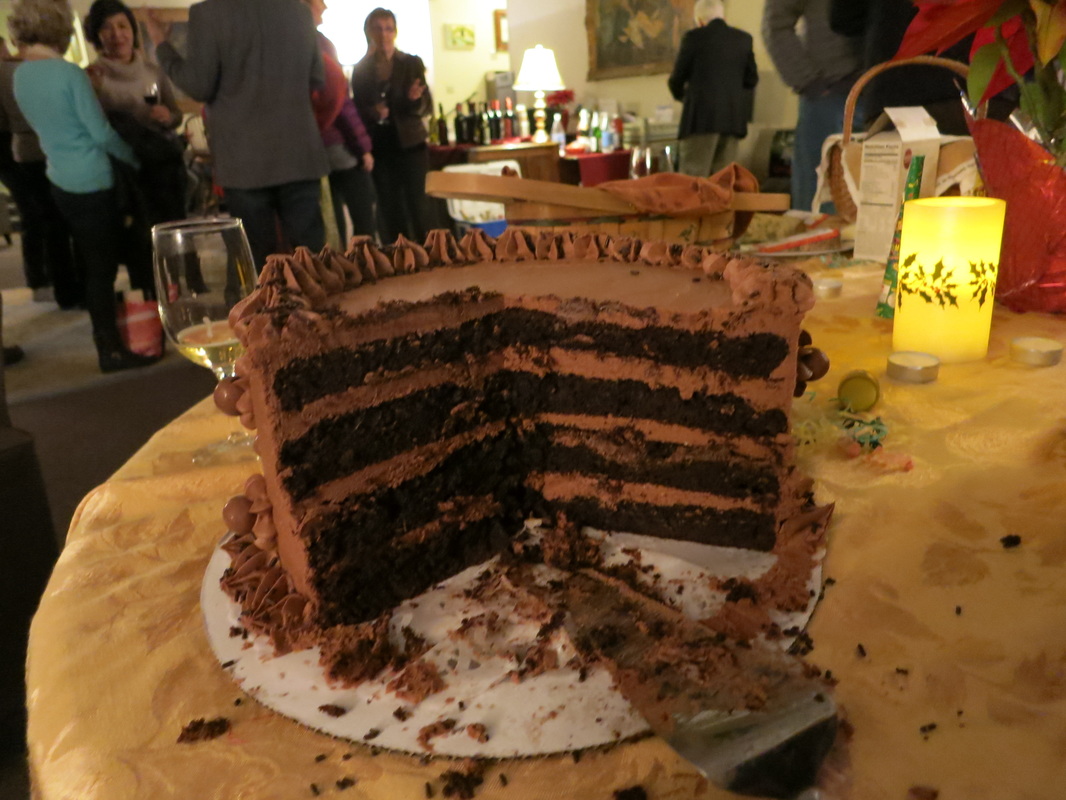
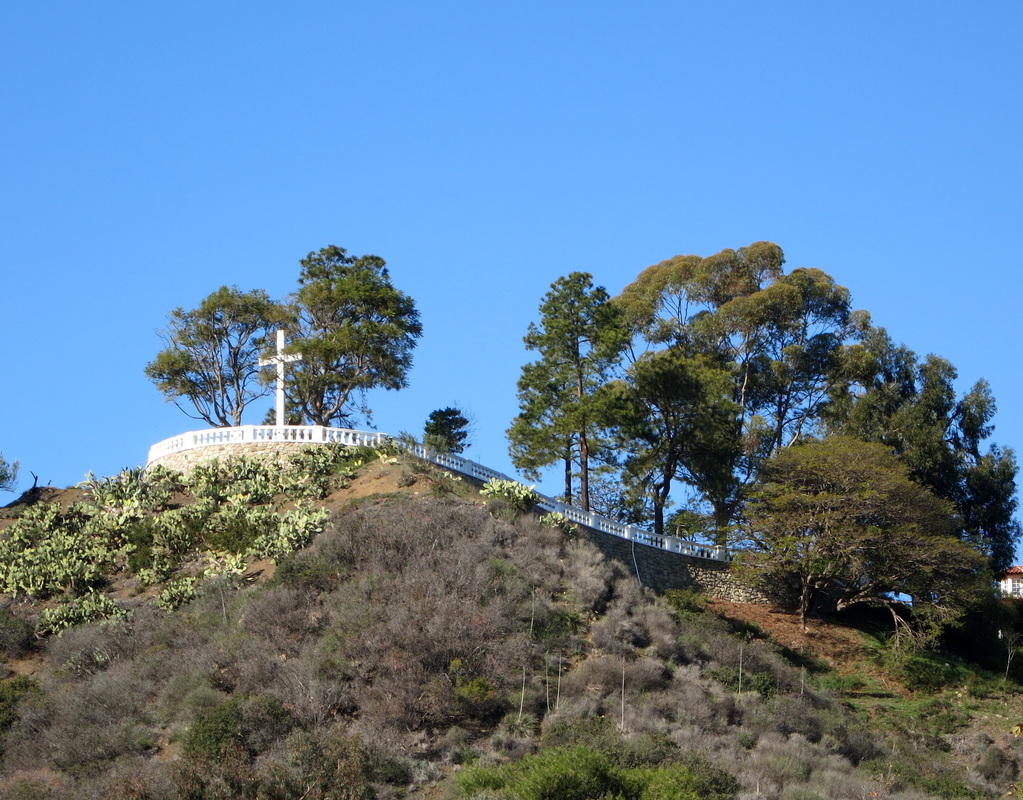
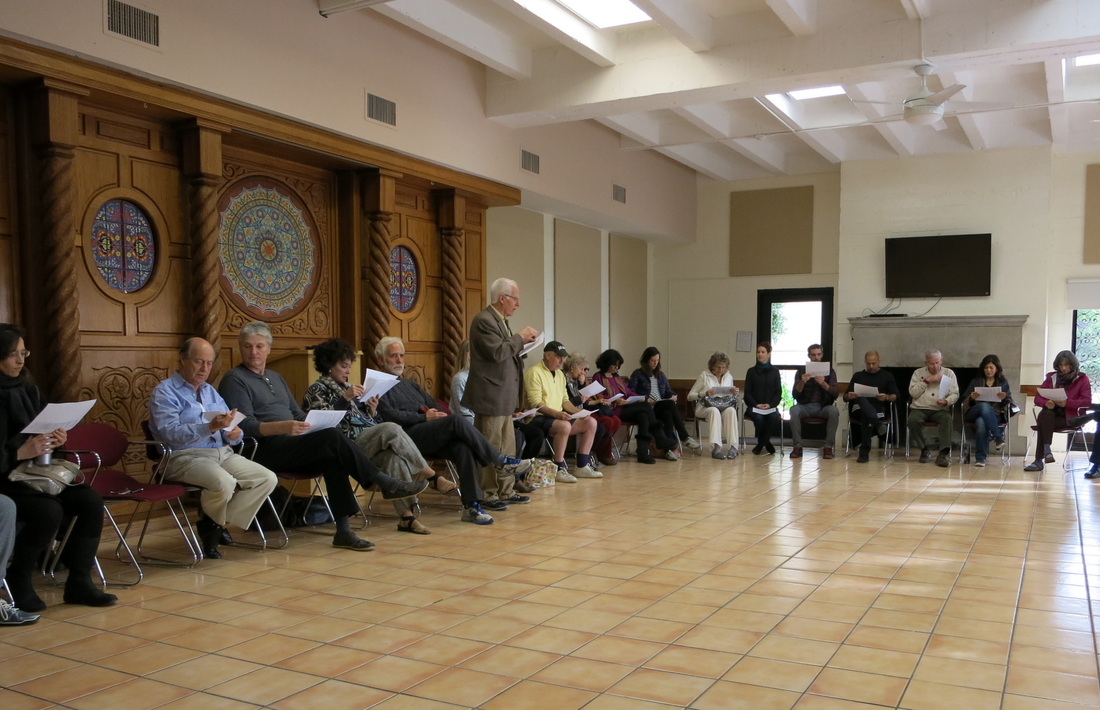
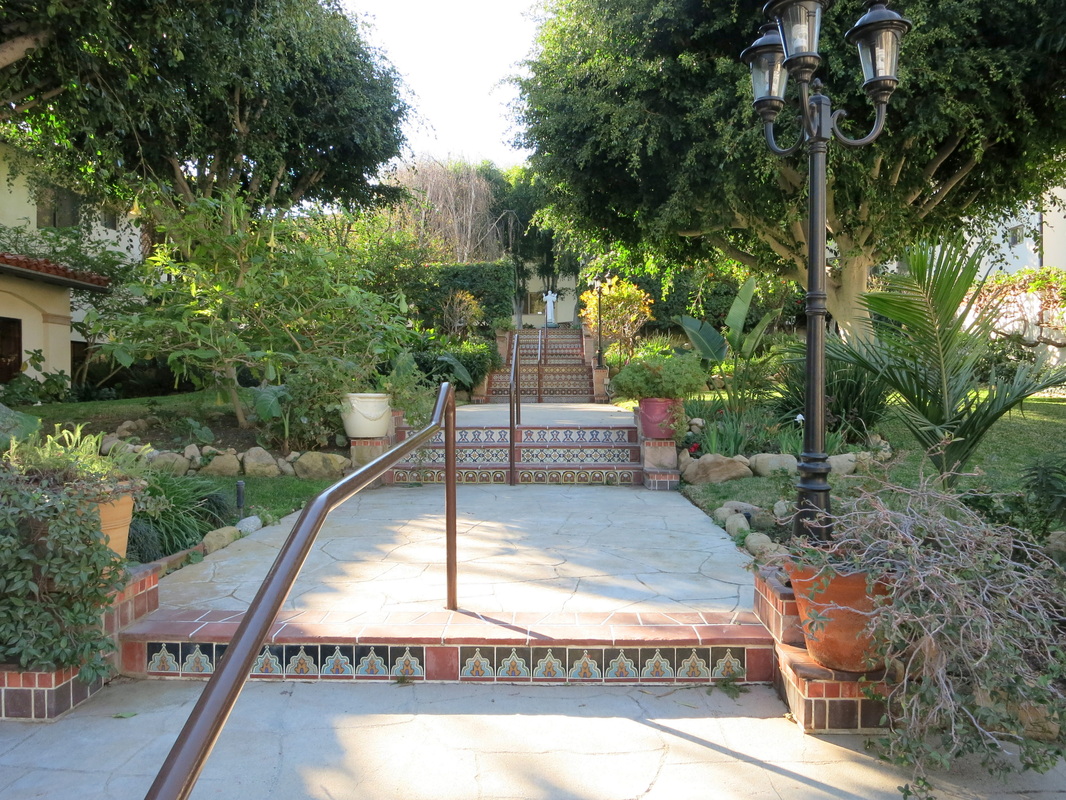
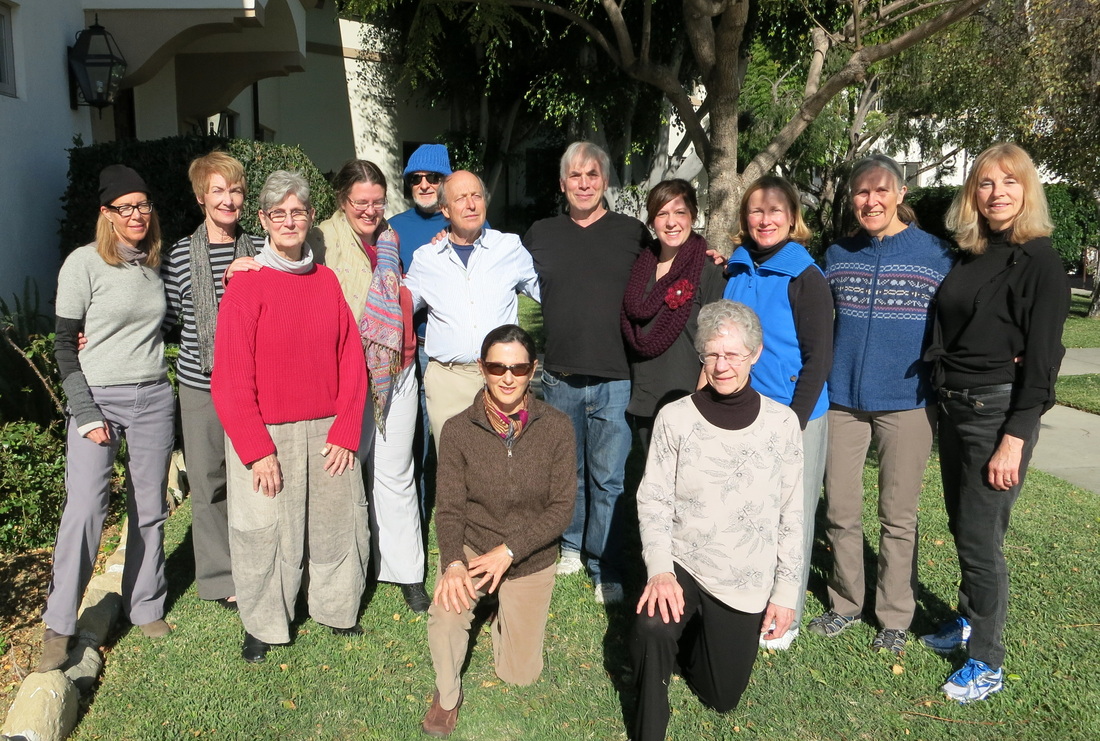
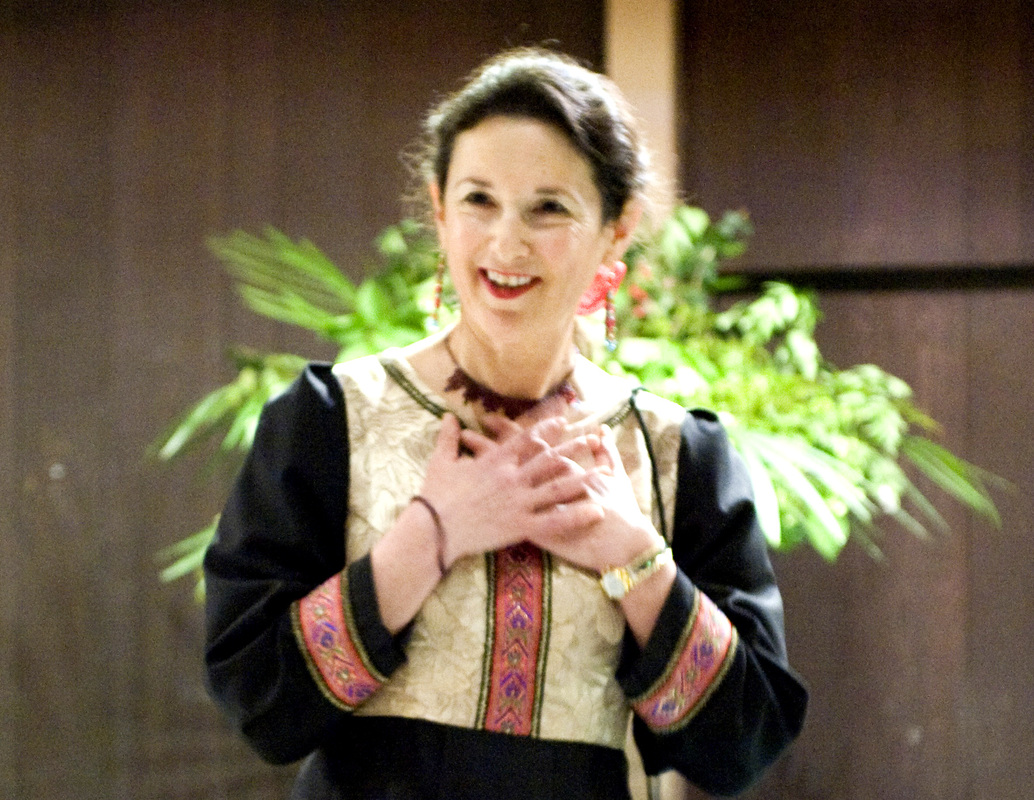
 RSS Feed
RSS Feed